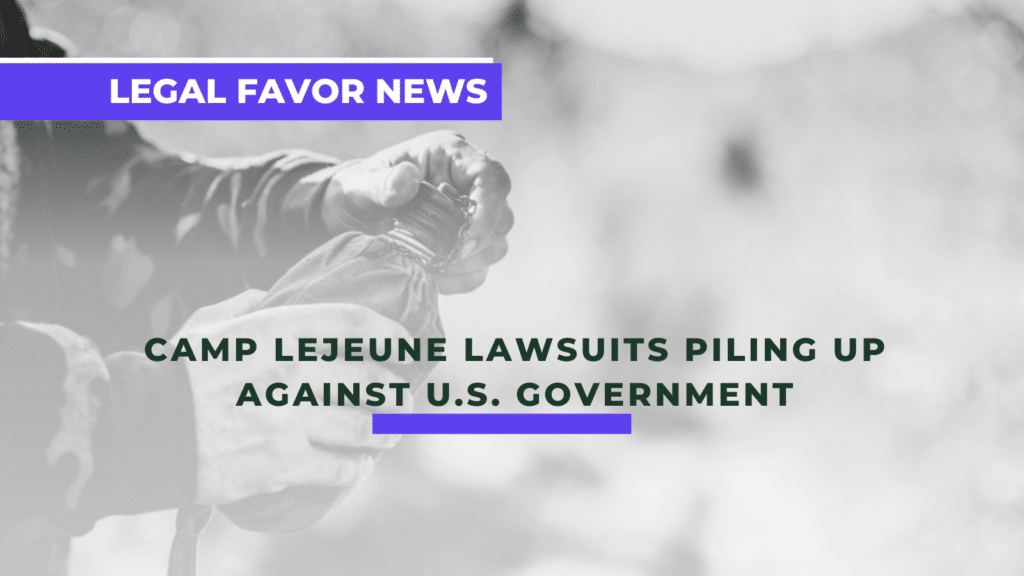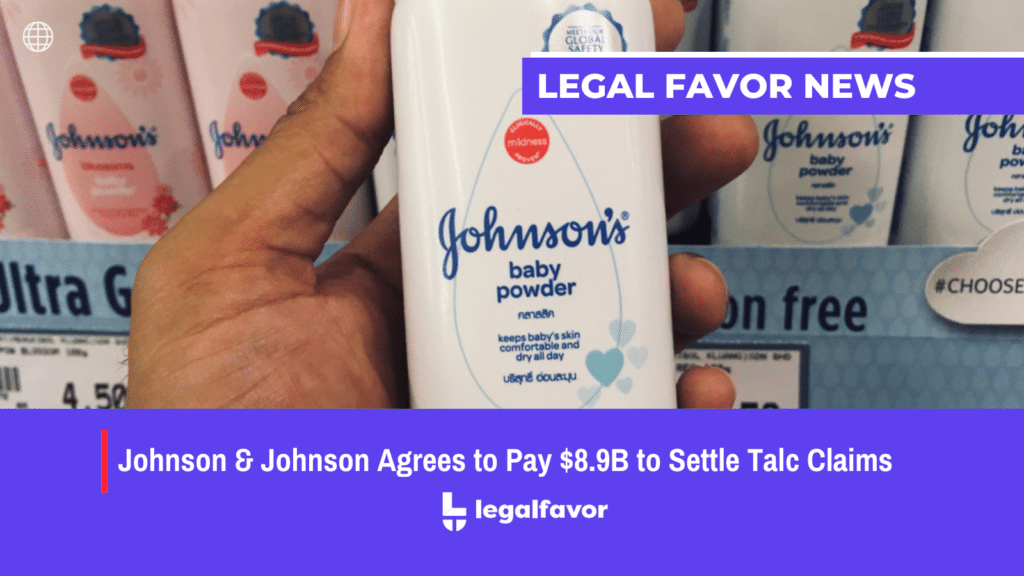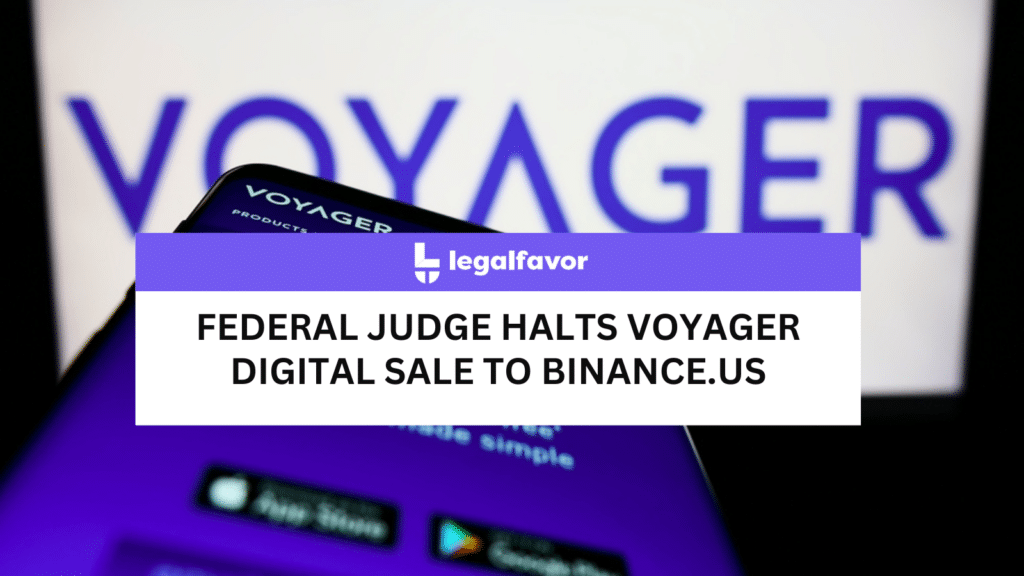As seen in the legislation that dictates copyright law, there are six main rights that are granted to copyright owners. However, it is important to note that these six rights are not absolute. One of the main ways they are limited is via the fair use doctrine (which is itself a defense to copyright infringement). This doctrine is codified in Section 107 of the Copyright Act and lists the types of content reproduction it considers fair. There are four factors that must be considered when deciding is a particular use is protected by the fair use doctrine. (1) The purpose and character of the use. (2) The nature of the work being used. (3) The amount of the work used in relation to the copyright. (4) The effect of the use on the potential market for the original work. Each of these four factors will be looked at in more detail below. Courts have interpreted these factors in a broad range of ways. Hence, using this defense is a risky endeavor. Nevertheless, people do still use it.
The Purpose And Character Of The Use
This has usually been considered the main indicator of whether a particular use is protected. An artist should start by considering whether the product or part of the product, they have taken has been taken for a commercial or educational non-profit use. Generally speaking, if the product has been taken for the latter use (as compared to commercial), such an action will be in the copier’s favor. A good example comes from an artist making photocopies of a short story. If the copies are to teach kids, the defense may work. However, if the copies are strictly to re-sell for a profit, there is a very low chance the defense will work.
The Supreme Court has tended to side with people who make parodies, where their job is to transform original works in order to make fun of them. However, it has been noted that this should generally be a one-time parody (not really continuous). The reason for this is that the lines may get blurred as to what is made for artistic reasons and what is made for commercial reasons.
Nature Of The Work Being Used
Generally speaking, if the work is factual / information, it will be more likely to fall under the fair use doctrine. This is in comparison to copied work that is more fictional. The reason for this rule is quite commonsensical. Facts are not owned by anyone, even if published in certain books, magazines, or textbooks. There is a caveat when it comes to scientific papers. Therefore, it should be noted that what is being spoken about here is general factual information. For example, the speed of light, or the name of a geographical site. On the other hand, fictional work is almost always made up. Even though artists usually get inspiration from other pieces of work, direct copying in this case will almost always fail in meeting this requirement of the fair use defense.
The Amount Of Work Used In Relation To The Copyright As A Whole
The general principle is that the more percentage of an original work that is taken the less likely the copier’s work is to be considered fair. Note that when resolving disputes, courts will consider the part of the work that has been copied. For example, if the copier takes a guitar sample from a country song to use in a rap song, there will be a low chance of an issue. However, if the copier takes lyrics for another country song, the chance of an issue will increase.
The Effect Of The Use On The Potential Market
If the copied work deprives the copyright holder of income / any other kind of profits they would have received, had the work not been copied, there is a higher chance the work will not be considered fair use. However, it is important to note that parodies are usually handled differently. In this case, the issue is whether the parody fulfills the demand for the original or whether it simply causes a loss of income.
Transformative Use
When applying the fair use doctrine, one crucial question is whether the alleged infringer’s use of the copyrighted work was transformative. In this context, transformative simply means that the new piece of work has significantly changed the nature of the original piece of work. Note that even if the copier’s work is deemed to be transformative, this does not in itself automatically allow the work to qualify as fair use. That being said, such a factor will have a lot of weight in determining fair use.
Courts have found that using magazine covers in writing a biography of an artist did not violate the copyright of the magazine publisher. In another case the courts found that using a seven-second clip from a tv show in a musical was considered transformative, and therefore okay to do. The reason for this was because the content of the TV episode was immaterial to the musical, and hence did not harm the TV show’s owners. On the other hand, there are instances where transformative use was not found, hence there was copyright infringement. The best example comes from when the federal court ruled that the transformative use doctrine did not apply to an imitation of a Dr. Suess book. The reason is that the book simply borrowed the Dr. Suess characters and did not try and make it a parody of some kind.
Final Remarks: Fair Use Defense To Copyright Infringement
Overall, it has been shown that the six main rights granted to copyright owners are not absolute. In specific, they can be limited via the fair use doctrine. The test takes into account four factors in any given situation. These four factors are the following: the purpose and character of the use, the nature of the work being used, the amount of work being used in relation to the copyright, and the effect of the use on the potential market for the original work. In conclusion, this is a valid defense, and if used, the artist’s work can be used in the described limited context.





